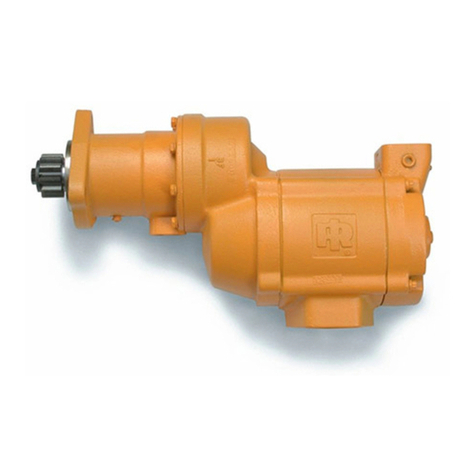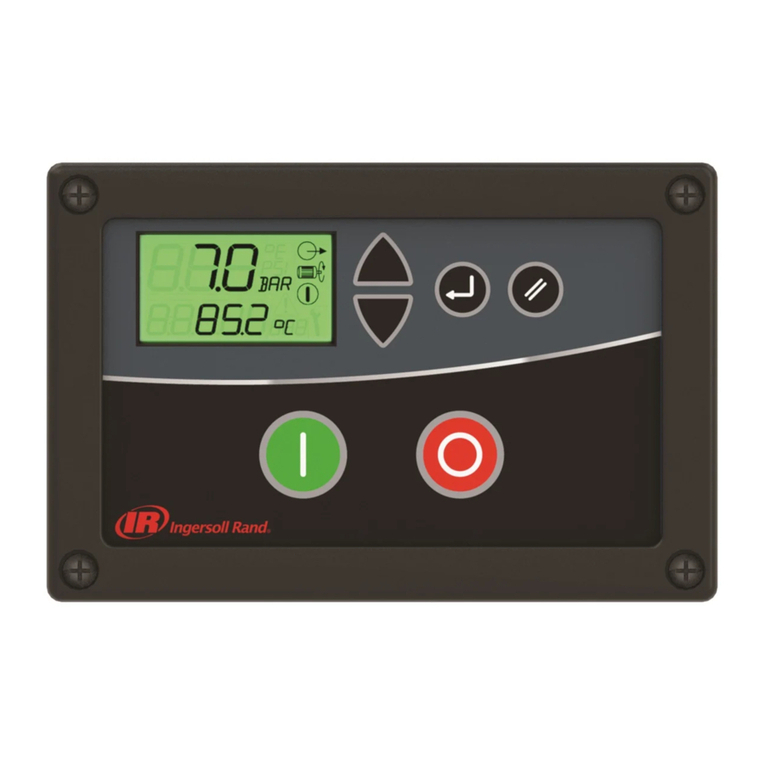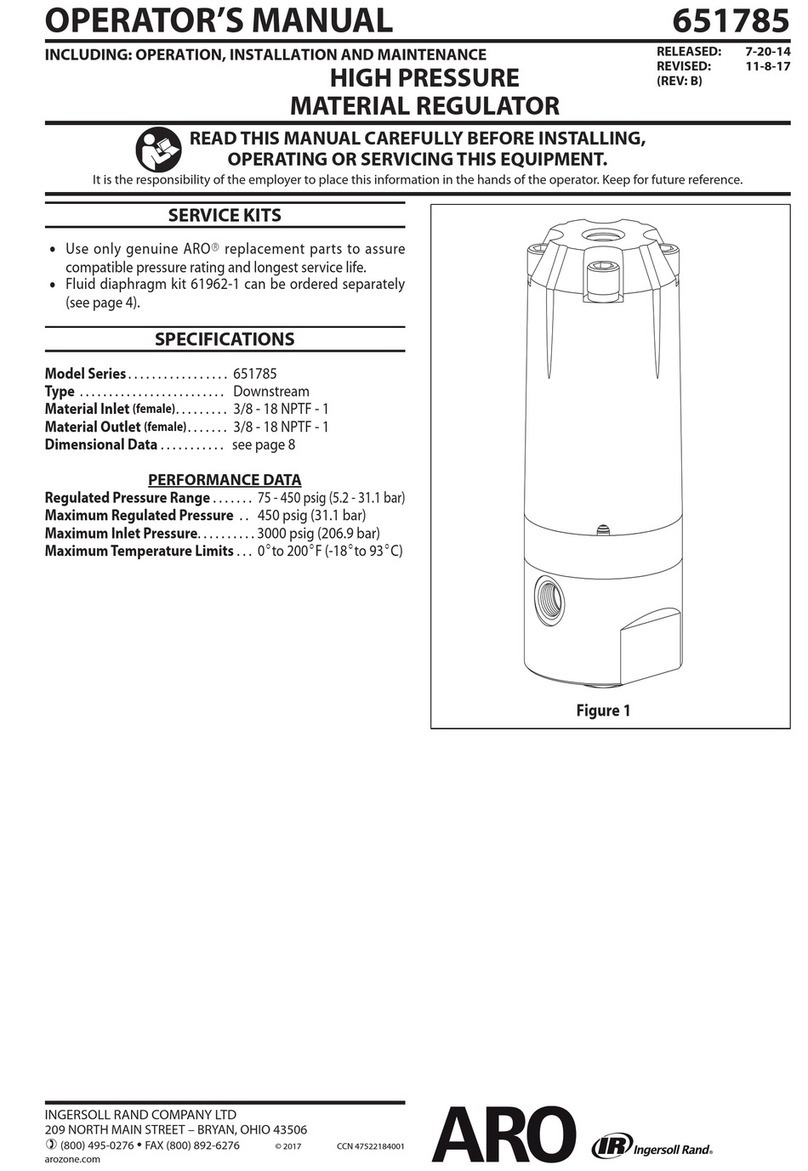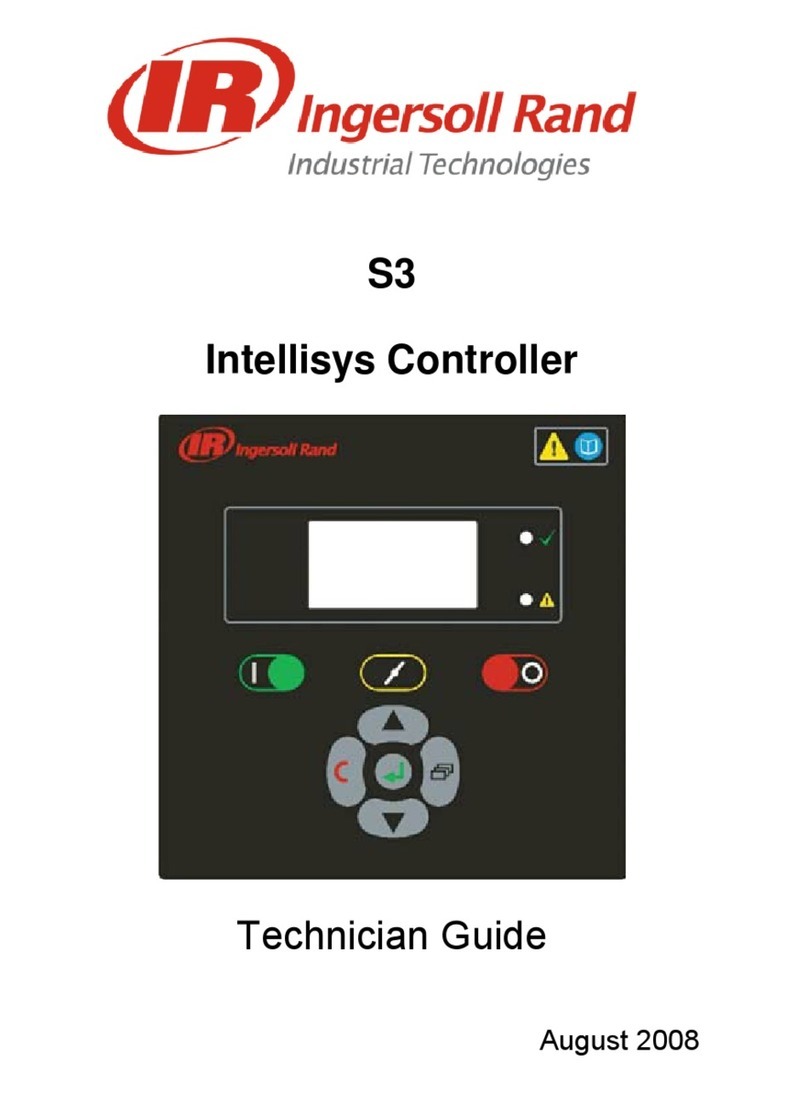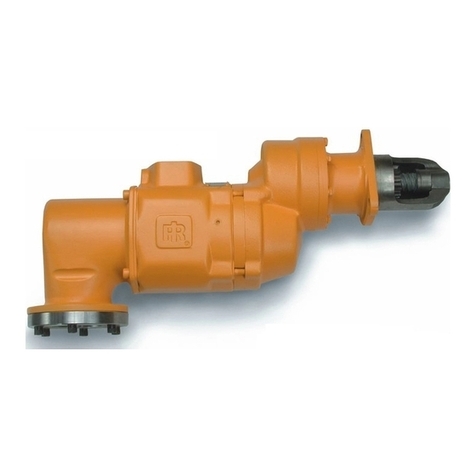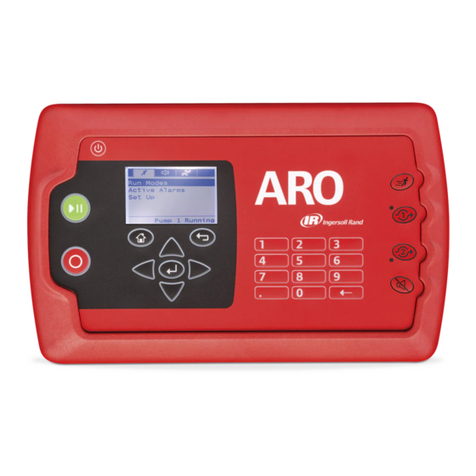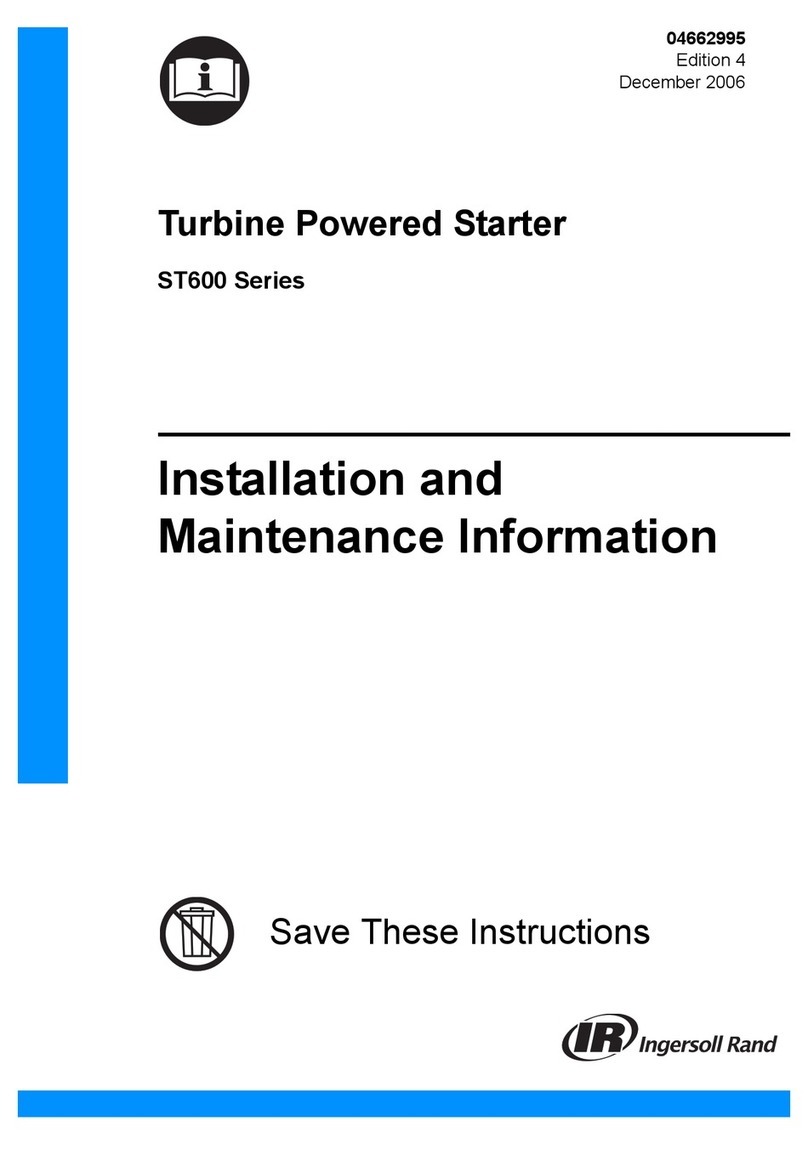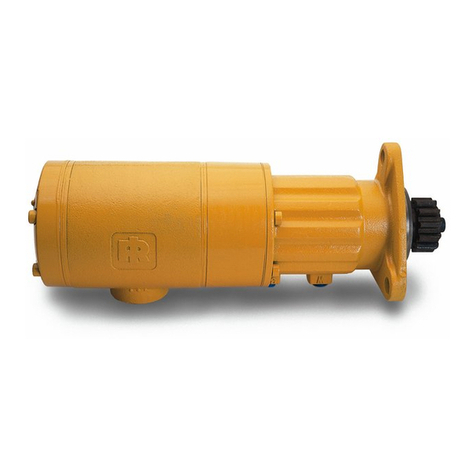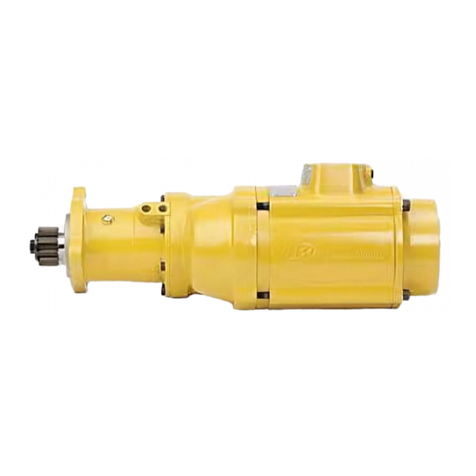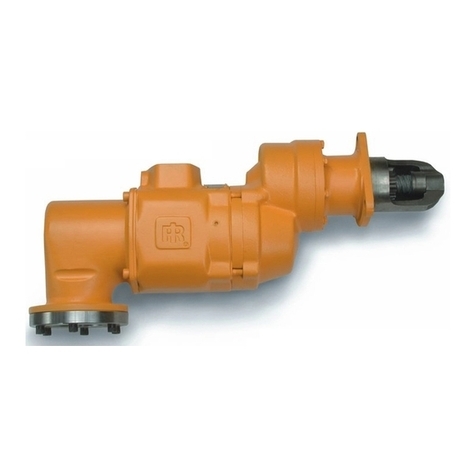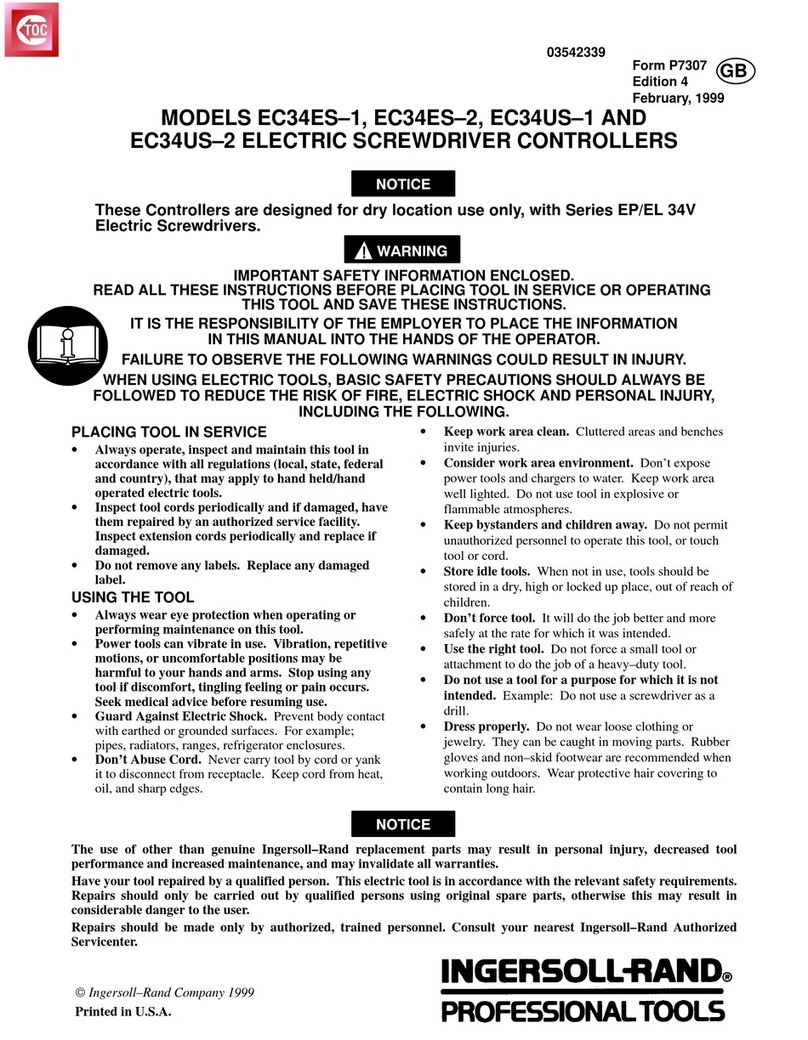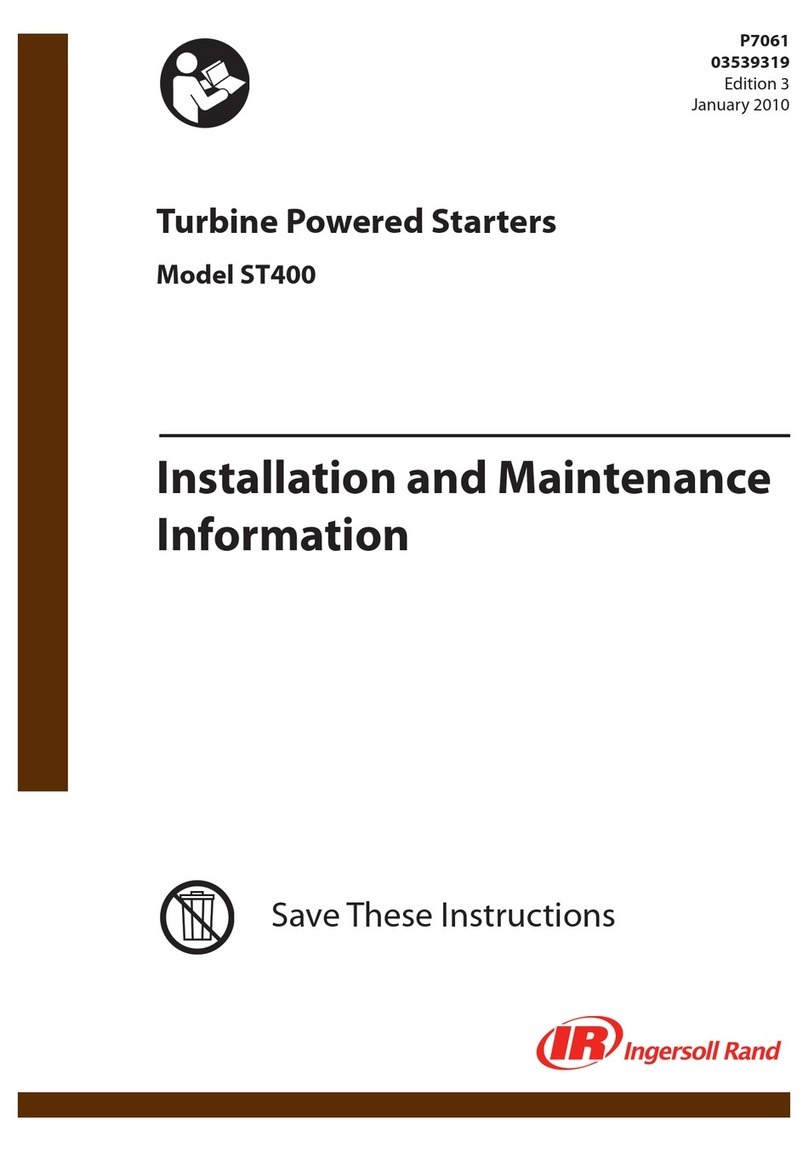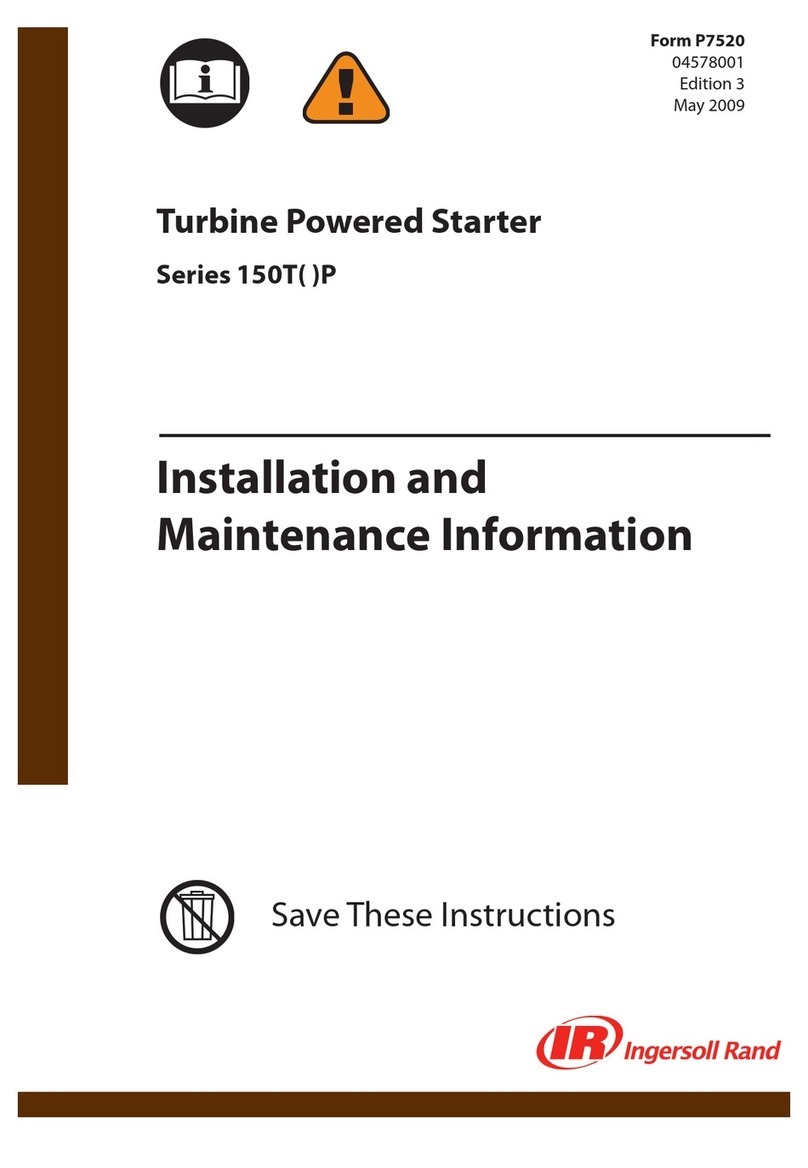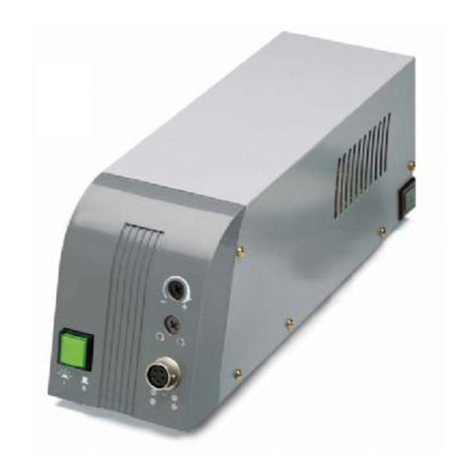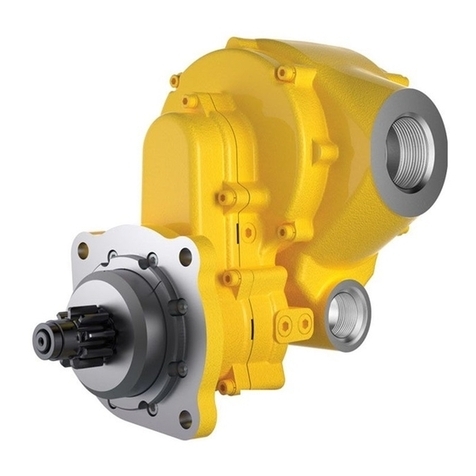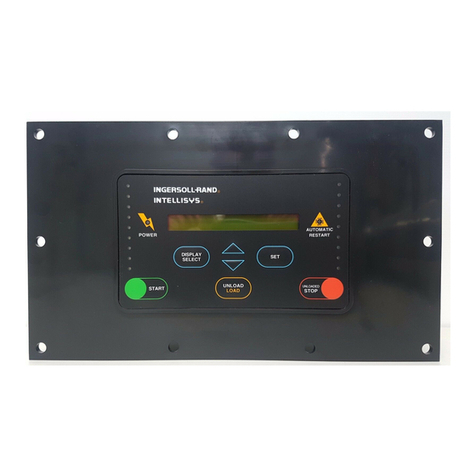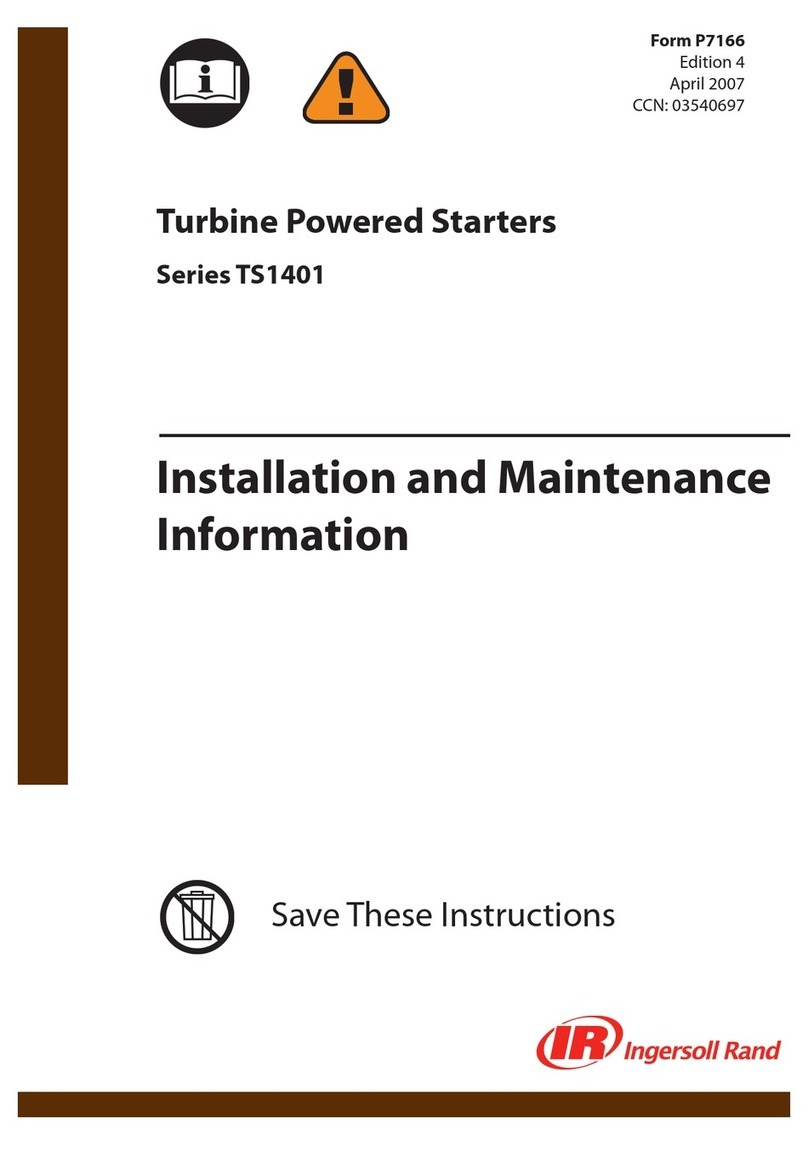
Page 2 of 4 2752X-X (en)
OPERATING AND SAFETY PRECAUTIONS
yRead and heed all Warnings, Cautions, and Safety Precau-
tions before operating this pump.
yUse only genuine ARO replacement parts to assure compat-
ible pressure rating and longest service life.
MISAPPLICATION HAZARD. DO NOT USE A REG-
ULATOR WHERE THE FLUID INLET PRESSURE IS TOO HIGH
FOR THE DESIGNED OPERATING RANGE.
HIGH PRESSURE DEVICE. IMPROPER USAGE OF
THIS EQUIPMENT COULD RESULT IN SERIOUS INJURY. The
possibility of injection into the esh is a potential hazard.
Wear approved safety glasses or face shield any other
equipment as needed to prevent injury. Never allow any
part of the human body to come in front of or in direct con-
tact with the material outlet, the tip, or the material outlet
of the dispensing device. An injection injury can be serious.
If an injection accident should occur, it is very important
that you contact a qualied physician for immediate treat-
ment.
COMPONENT RUPTURE. DO NOT OPERATE REG-
ULATOR AT AN INLET PRESSURE GREATER THAN SPECIFIED.
To avoid possible damage or personal injury do not operate
this unit at pressure higher than the stated operating range
as appears on the model plate.
HAZARDOUS AIR PRESSURE. CAN RESULT IN
SERIOUS INJURY. DO NOT SERVICE OR CLEAN PUMP, HOSES
OR DISPENSING VALVE WHILE THE SYSTEM IS PRESSURIZED.
First disconnect air line, then relieve pressure from the sys-
tem by opening dispensing valve or device and/or carefully
and slowly loosening and removing outlet hose or piping
from pump.
DISASSEMBLY HAZARD. DO NOT DISASSEMBLE
THIS REGULATOR WHEN IT IS UNDER PRESSURE. RELIEVE
ALL MATERIAL PRESSURE IN THE PUMPING SYSTEM BEFORE
ATTEMPTING SERVICE OR DISASSEMBLY PROCEDURES.
Disconnect air lines and carefully bleed off of the system.
Be certain the system is not maintaining pressure due to a
material restriction in the hose line, dispensing de- vice, or
the spray or extrusion tip. Failure to relieve pressure both
up stream and downstream may result in an injury upon
disassembly.
BONNET REMOVAL HAZARD. DO NOT ATTEMPT
TO REMOVE THE BONNET RETAINING BOLTS WITHOUT FIRST
RELIEVING THE TENSION ON THE MAIN SPRING. Failure to
relieve tension could result in an accident upon disassem-
bly.
BPREVENT FIRES. KEEP SOLVENTS AWAY FROM
HEAT, SPARKS, OR OPEN FLAME. Keep containers closed
when not in use. When pumping, flushing or recirculating
volatile solvents be certain the area is adequately ventilat-
ed.
FLUSH SUPPLY LINE. Before installing uid reg-
ulator blow the supply lines clear and ush to remove con-
taminates.
DISASSEMBLY
1. Unscrew the Y154-54-C and Y154-56-C screws from the Y22-
10-C nuts.
2. Lift the 29919 housing and nut assembly from the 29446 base.
3. Remove the 29273 spring cap and (B) spring. (For Model
27521-300, unscrew the Y154-54-C and Y154-56-C screws from
the 104135 cap. Also remove Y14-10-C lockwashers.)
4. The 29000 and 90860 diaphragms are now accessible. Unscrew
(D) seat assembly from the 29446 base. This provides access to
(D) seat assembly and 29449 seal and 29451 spring.
REASSEMBLY
1. Place 29451 spring in 29446. Set (F) ball on top of spring. Use
new 29449 seal, place it on 29446 base.
2. Screw (D) seat assembly into 29446 base and tighten to 20 ft.
lbs.
3. To assemble diaphragm place 29000 and 90860 diaphragms
together. Place 90860 diaphragm next to the hex over the
threaded end of the (E) pushrod.
4. Apply Loctite 242 to threads on (E) pushrod. Screw (E) pushrod
into (C) back-up plate and tighten, making sure all holes in
the diaphragms align. Align holes in diaphragms with holes in
base.
5. Place 29919 housing and nut assembly on the 29000 dia-
phragm.
6. Insert Y154-54-C and Y154-56-C screws through the holes in
the 29919 housing and nut assembly.
7. Place Y22-10-C nuts on screws and tighten. (For Model 27521-
300, assemble 104135 cap to 29446 base using Y154-54-C and
Y154-56-C screws. Also include Y14-10-C Lockwashers.
